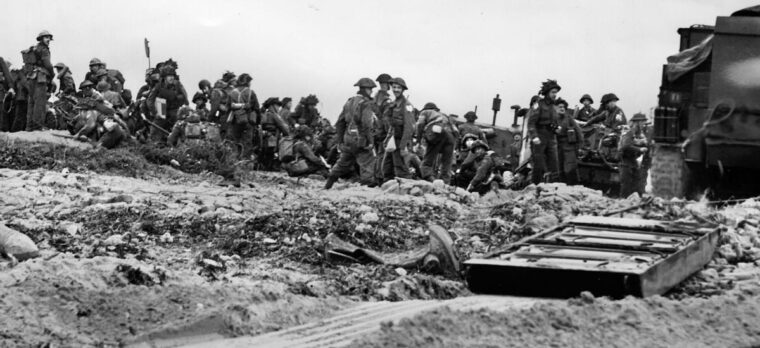
D-Day
D-Day Assault on Juno Beach
By Nathan N. PreferMost students of World War II know that there were five invasion beaches included in Operation Overlord, the invasion of northwestern Europe, on June 6, 1944. Read more
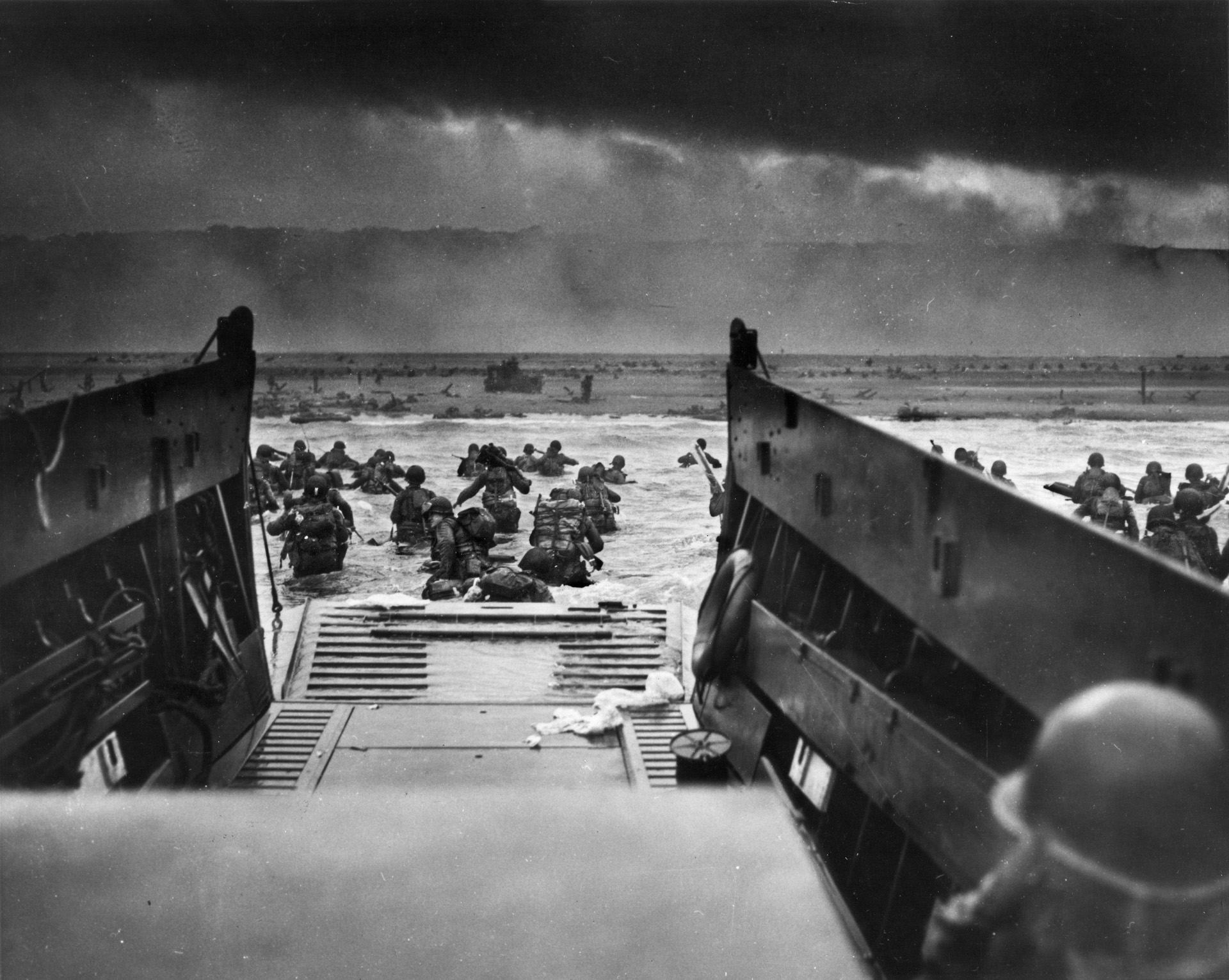
Code named Operation Overlord, the D-Day Invasion occurred on June 6, 1944, as elements of five Allied infantry and three Allied airborne divisions assaulted the Normandy coast of Nazi-occupied France during World War II. Under the overall command of General Dwight D. Eisenhower, the landings on Gold, Juno, Sword, Utah, and Omaha beaches succeeded in establishing a foothold on the continent. Following an arduous campaign in Normandy and savage fighting across the German frontier, troops of the Western Allies met the Soviet Red Army, advancing from the East, and Nazi Germany surrendered on May 7, 1945.

D-Day
Most students of World War II know that there were five invasion beaches included in Operation Overlord, the invasion of northwestern Europe, on June 6, 1944. Read more
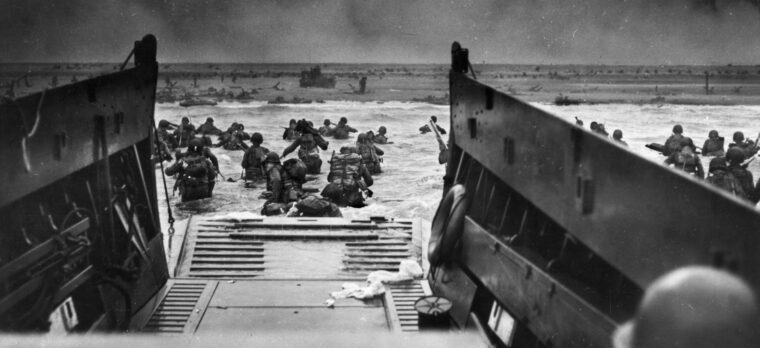
D-Day
Few events in human history have been so fraught with drama as the Allied invasion of Normandy on June 6, 1944. Read more
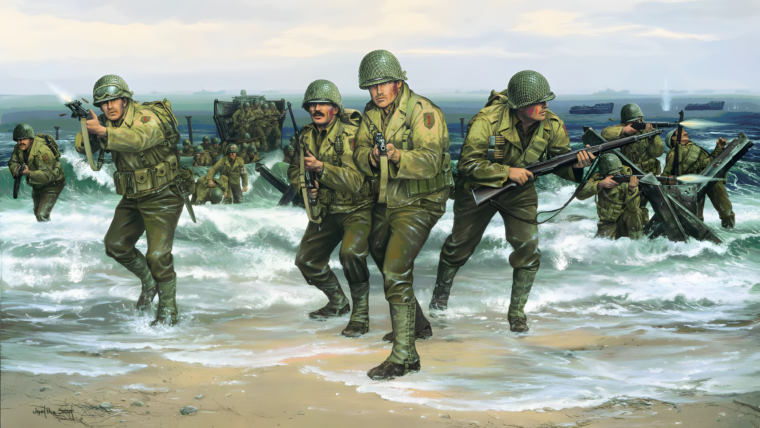
D-Day
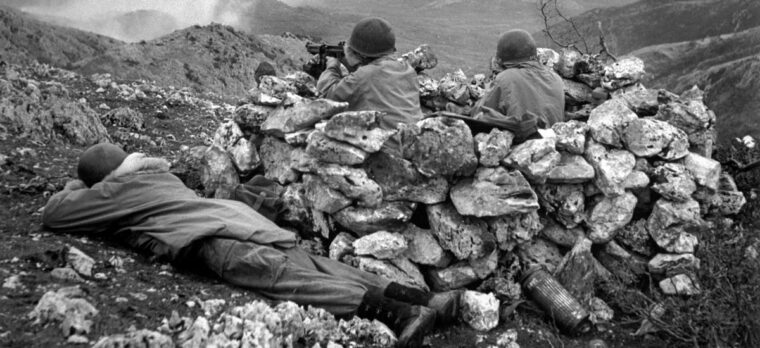
D-Day
The Winter Line was the German Army’s defensive position in Southern Italy in late 1943. Set into high mountains which dominated the surrounding terrain, numerous Allied attacks against it failed, always with heavy casualties. Read more
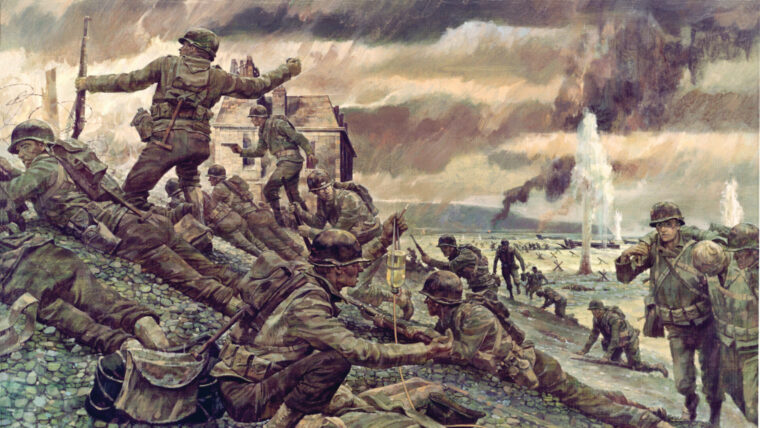
D-Day
Twelve Landing Craft Vehicle Personnel (LCVPs) carrying Captain William Callahan’s F Company and Captain Eccles Scott’s G Company—some 400 men—slapped the English Channel’s rough waves as they approached Omaha Beach’s Les Moulins Draw. Read more
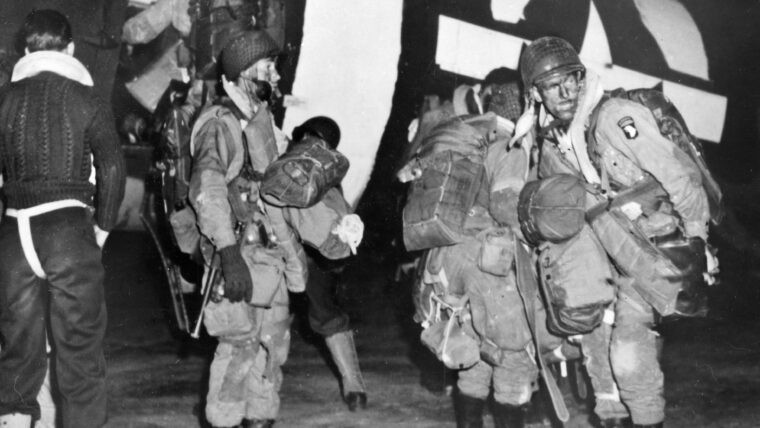
D-Day
The green light lit up the inside of the Douglas C-47 Skytrain’s fuselage, and 20 paratroopers from Easy Company’s Stick 70, 506th Parachute Infantry Regiment, 101st Airborne Division charged out the door. Read more
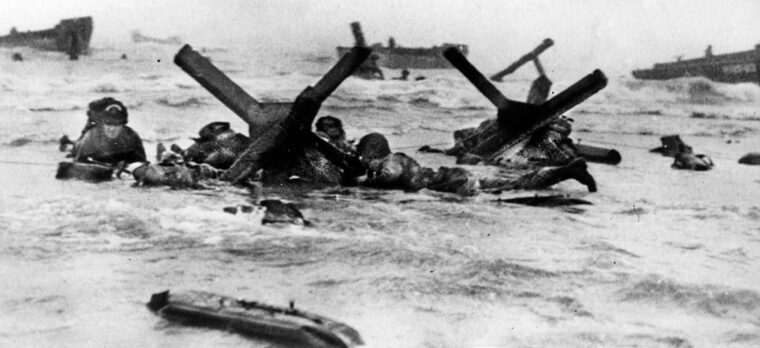
D-Day
As their landing craft plunged through heavy surf on the morning of June 6, 1944, it was obvious to the men of Company A, 116th Infantry Regiment, U.S. Read more
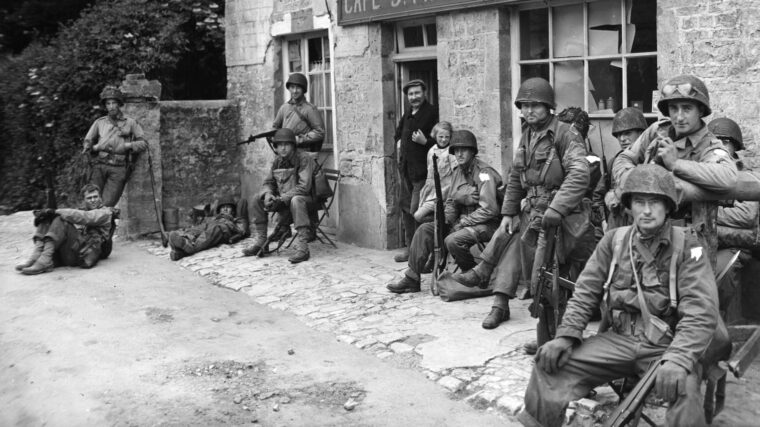
D-Day
“Oui.” It was one of the few words 101st Airborne paratrooper Norwood Thomas knew in French, and it served him well on the morning of June 6, 1944. Read more
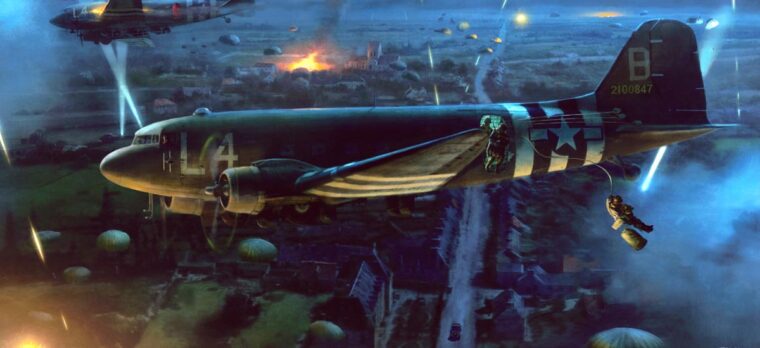
D-Day
By Elmer Wisherd with Nan Wisherd
Elmer Wisherd was born on December 1, 1920, in North Dakota. Shortly thereafter, his family moved to a farm in Bruce, Wisconsin. Read more
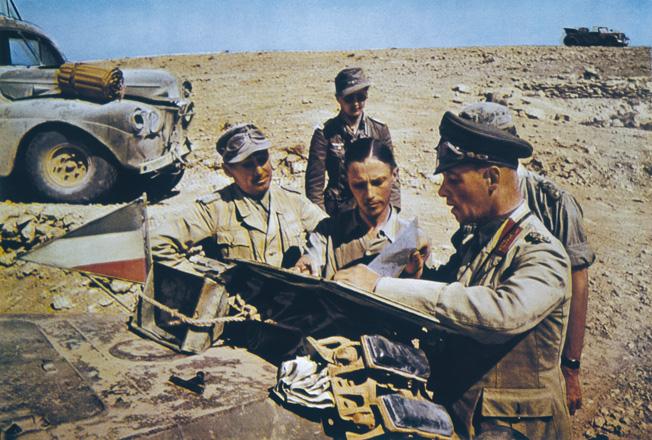
D-Day
Born on November 15, 1891, in Heidenheim, Germany, Erwin Rommel was a hero of World War I, receiving the Pour le Mérite, or Blue Max, for his actions on the Italian Front. Read more
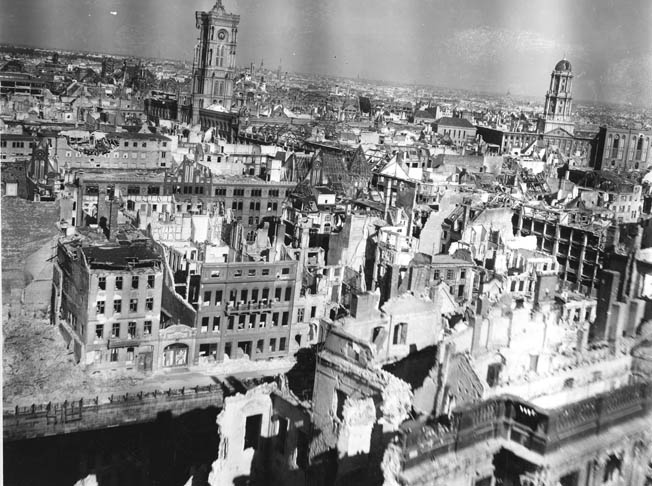
D-Day
World War II spanned six long years from 1939 to 1945. The Allied powers, principally The United States, Great Britain, and the Soviet Union, defeated the Axis powers, led by Nazi Germany, Imperial Japan, and Fascist Italy. Read more

D-Day
Throughout his career, Cornelius “Connie” Ryan wrote a number of stunning books on World War II: The Last Battle, about the struggle for Berlin; A Bridge Too Far, about the ill-fated race to cross the Rhine bridge at Arnhem in 1944; and, of course, the book with which his fame will always be linked, The Longest Day. Read more
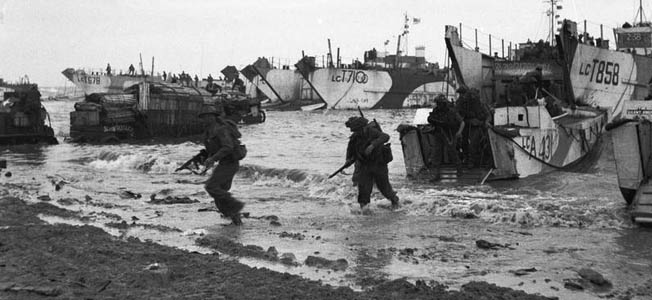
D-Day
Commonly known as D-Day, the Western Allies invaded Nazi-occupied Europe during World War II on June 6, 1944. Read more
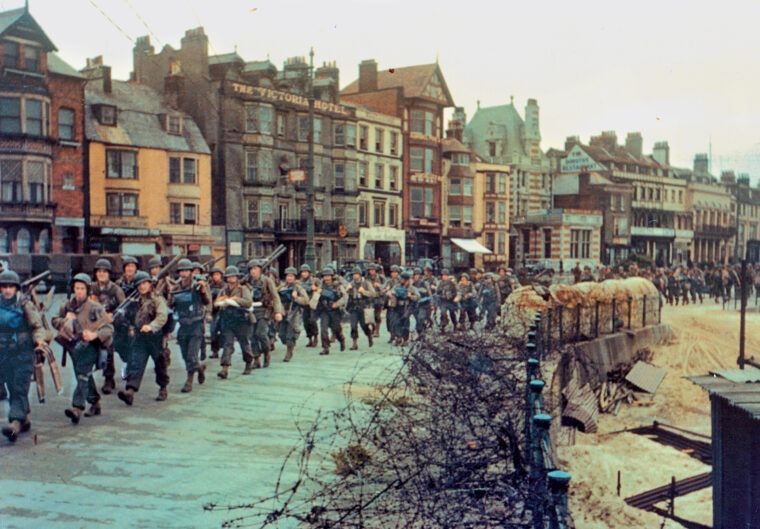
D-Day
In the early morning of June 6, 1944, LCA 668 (Landing Craft, Assault), carrying First Sergeant Len Lomell, Staff Sergeant Jack Kuhn, and most of the 2nd Platoon, 2nd Ranger Battalion, cut through the choppy, green waters of the English Channel. Read more
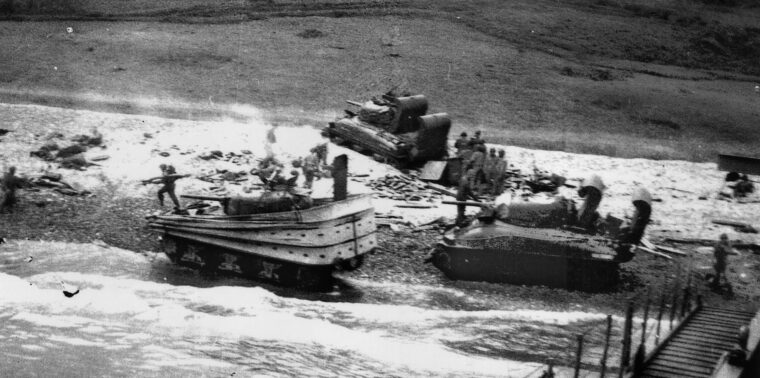
D-Day
To Colonel Edson Raff, jumping out of a plane was “like getting out of the bed in the morning.” Read more
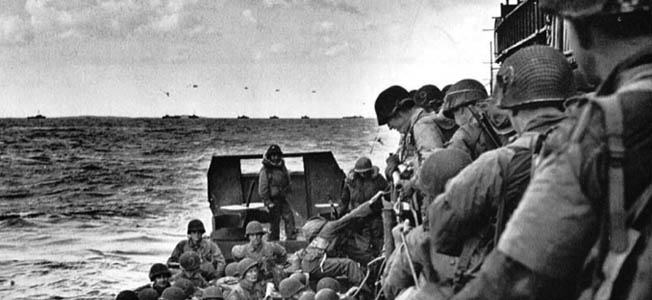
D-Day
Bobbing alongside his troops in a wildly careening LCVP, Theodore Roosevelt Jr. gripped the walking cane he used to get around on his bum left knee—the unwelcome souvenir of the first Great War, after receiving a German machine-gun bullet taken near Soissons in July 1918. Read more
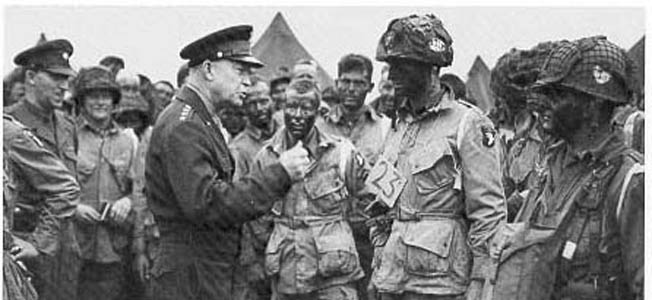
D-Day
The Normandy Invasion (code-named Operation Neptune) was the largest amphibious invasion in the history of armed conflict. It combined efforts from nearly 290 escort vessels, 5,000 landing and assult craft, and 160,000 troops. Read more
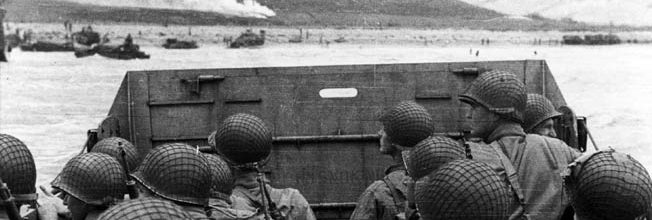
D-Day
SUPEREME HEADQUARTERS ALLIED EXPEDITIONARY FORCE
Soldiers, Sailors and Airmen of the Allied Expeditionary Force!
You are about to embark upon a great crusade, toward which we have striven these many months. Read more
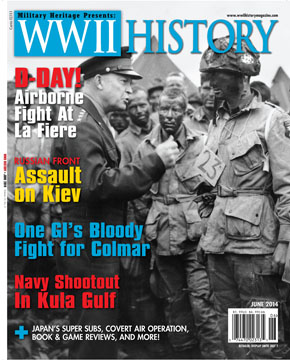
D-Day
As many World War II enthusiasts know, many battles in the war were fought in places that held no prior historical significance. Read more
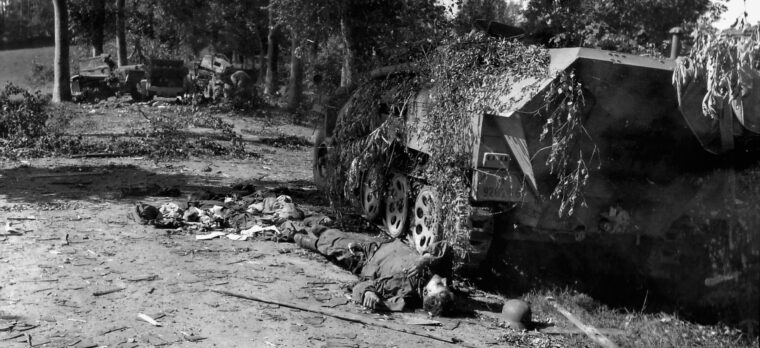
D-Day
A German SS officer, holding a white flag of truce, walked through the American lines and up to a tall lieutenant from Texas. Read more